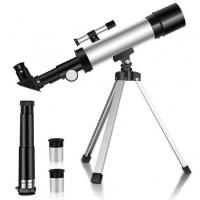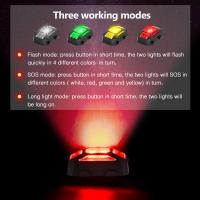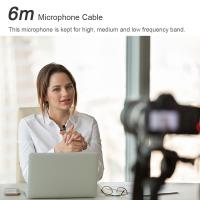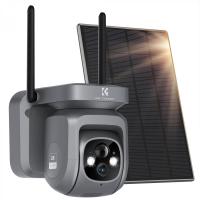How To Record Game Audio And Voice?
Recording game audio and voice simultaneously can be a bit tricky, but with the right tools and techniques, you can achieve high-quality results. Whether you're a gamer looking to share your gameplay with friends, a content creator aiming to produce engaging videos for your audience, or a professional streamer, understanding how to effectively record both game audio and voice is crucial. In this article, we will explore various methods and tools to help you achieve this goal.
Understanding the Basics
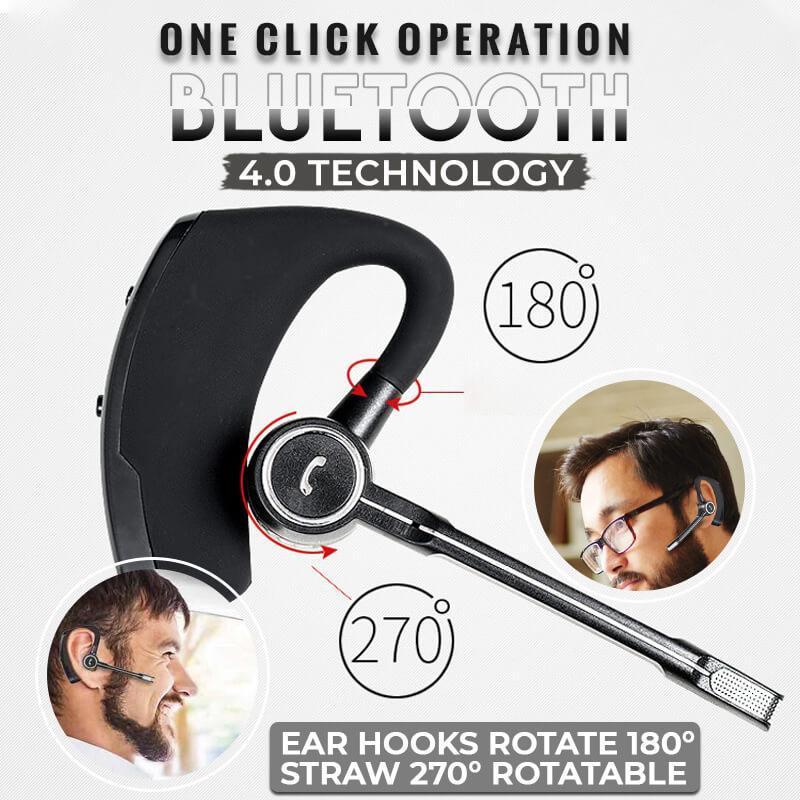
Before diving into the specifics, it's important to understand the basic components involved in recording game audio and voice:
1. Game Audio: This includes all the sounds generated by the game, such as background music, sound effects, and in-game dialogue.
2. Voice: This is your commentary or narration, typically captured through a microphone.
To record both simultaneously, you'll need software that can handle multiple audio inputs and outputs. Additionally, having a good quality microphone and a sound card can significantly improve the quality of your recordings.
Choosing the Right Software

There are several software options available for recording game audio and voice. Here are some of the most popular ones:
1. OBS Studio (Open Broadcaster Software): OBS Studio is a free and open-source software that is widely used by gamers and streamers. It allows you to capture both game audio and voice, and offers a range of customization options.
2. Audacity: While primarily an audio editing software, Audacity can also be used to record game audio and voice. It is free and open-source, making it a popular choice for many users.
3. NVIDIA ShadowPlay: If you have an NVIDIA graphics card, you can use ShadowPlay to record your gameplay and voice. It is easy to use and offers high-quality recordings.
4. Bandicam: Bandicam is a paid software that offers a range of features for recording game audio and voice. It is known for its high-quality recordings and user-friendly interface.
Setting Up Your Recording Environment

To achieve the best results, it's important to set up your recording environment properly. Here are some tips:
1. Choose a Quiet Location: Background noise can be distracting and reduce the quality of your recordings. Choose a quiet location to minimize unwanted sounds.
2. Use a Good Quality Microphone: A good quality microphone can make a significant difference in the clarity of your voice recordings. Consider investing in a USB or XLR microphone for better results.
3. Adjust Your Audio Settings: Make sure to adjust your audio settings to balance the game audio and your voice. You don't want one to overpower the other.
Recording with OBS Studio
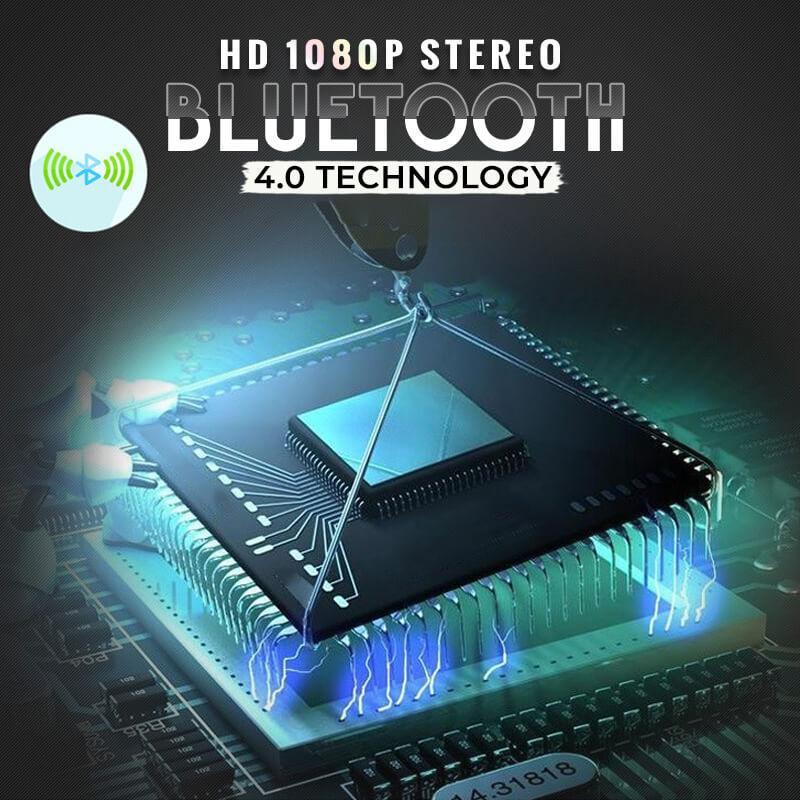
OBS Studio is one of the most popular choices for recording game audio and voice. Here’s a step-by-step guide to help you get started:
1. Download and Install OBS Studio: You can download OBS Studio from the official website and follow the installation instructions.
2. Set Up Your Audio Sources: Open OBS Studio and go to the "Sources" section. Click on the "+" button and add "Audio Input Capture" for your microphone and "Audio Output Capture" for your game audio.
3. Adjust Audio Levels: Go to the "Mixer" section and adjust the audio levels for your microphone and game audio. Make sure they are balanced.
4. Start Recording: Click on the "Start Recording" button to begin capturing your game audio and voice. When you're done, click on "Stop Recording".
Recording with Audacity
While Audacity is primarily an audio editing tool, it can also be used to record game audio and voice. Here’s how:
1. Download and Install Audacity: You can download Audacity from the official website and follow the installation instructions.
2. Set Up Your Audio Devices: Open Audacity and go to the "Edit" menu. Select "Preferences" and then "Devices". Choose your microphone as the recording device and your speakers or headphones as the playback device.
3. Record Your Voice: Click on the "Record" button to start capturing your voice. You can use the "Pause" button if you need to take a break.
4. Record Game Audio: To record game audio, you can use a virtual audio cable or a similar tool to route the game audio into Audacity. Alternatively, you can use a secondary recording software to capture the game audio and then import it into Audacity for editing.
5. Edit and Export: Once you have recorded both your voice and game audio, you can use Audacity's editing tools to adjust the levels and remove any unwanted noise. When you're satisfied with the results, export the final recording.
Recording with NVIDIA ShadowPlay
If you have an NVIDIA graphics card, ShadowPlay is a convenient option for recording game audio and voice. Here’s how to use it:
1. Enable ShadowPlay: Open the NVIDIA GeForce Experience application and go to the "Settings" menu. Enable the "In-Game Overlay" option.
2. Set Up Your Audio Devices: Go to the "Audio" settings and choose your microphone as the input device. Make sure the game audio is set to be captured as well.
3. Start Recording: Press the "Alt + Z" keys to open the overlay and click on the "Record" button. You can also use the "Alt + F9" shortcut to start and stop recording.
4. Save and Edit: Once you have finished recording, the file will be saved to your designated folder. You can use video editing software to make any necessary adjustments.
Recording with Bandicam
Bandicam is a paid software that offers a range of features for recording game audio and voice. Here’s how to use it:
1. Download and Install Bandicam: You can download Bandicam from the official website and follow the installation instructions.
2. Set Up Your Audio Devices: Open Bandicam and go to the "Video" tab. Click on the "Settings" button and choose your microphone as the primary sound device and your speakers or headphones as the secondary sound device.
3. Adjust Audio Levels: Make sure to adjust the audio levels to balance the game audio and your voice.
4. Start Recording: Click on the "Record" button to start capturing your game audio and voice. When you're done, click on "Stop Recording".
5. Edit and Export: Bandicam offers basic editing tools, but you can also use third-party software for more advanced editing. Export the final recording when you're satisfied with the results.
Tips for High-Quality Recordings
To ensure high-quality recordings, keep the following tips in mind:
1. Use a Pop Filter: A pop filter can help reduce plosive sounds (such as "p" and "b" sounds) that can cause distortion in your voice recordings.
2. Monitor Your Audio Levels: Keep an eye on your audio levels to ensure they are not too high or too low. Clipping can cause distortion, while low levels can make it difficult to hear your voice.
3. Use Noise Reduction Tools: Many recording and editing software offer noise reduction tools to help remove background noise. Use these tools to improve the clarity of your recordings.
4. Practice Good Microphone Technique: Speak directly into the microphone and maintain a consistent distance to ensure clear and consistent audio quality.
Recording game audio and voice simultaneously can be a rewarding experience, whether you're creating content for YouTube, streaming on Twitch, or simply sharing your gameplay with friends. By choosing the right software, setting up your recording environment, and following best practices, you can achieve high-quality recordings that will engage and entertain your audience. With a bit of practice and experimentation, you'll be able to find the perfect setup that works for you. Happy recording!

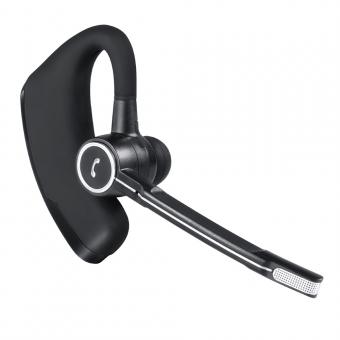
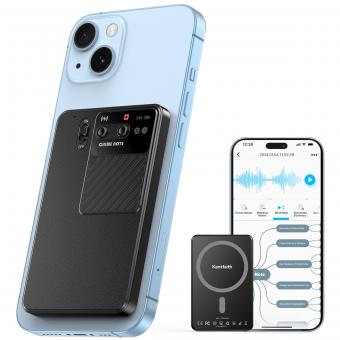

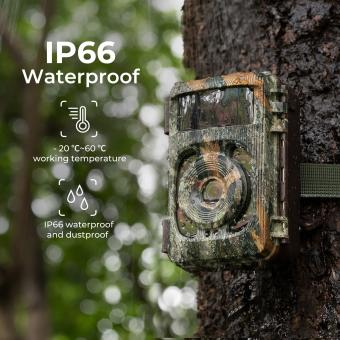


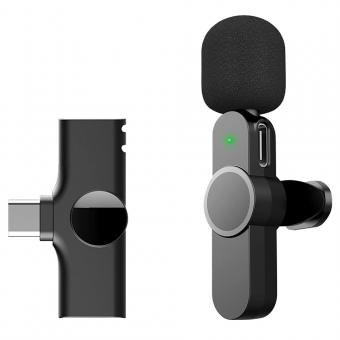
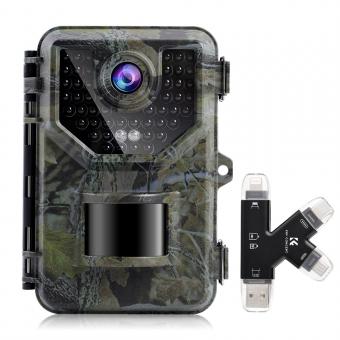
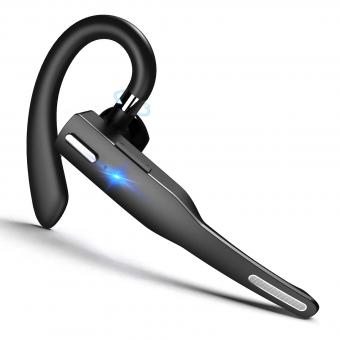








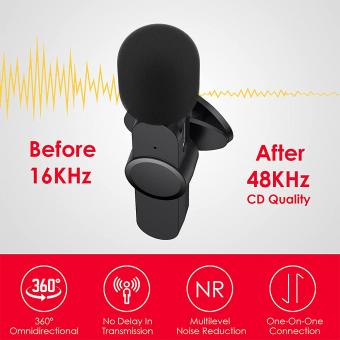
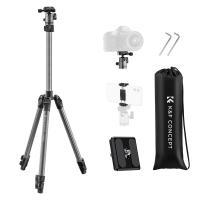

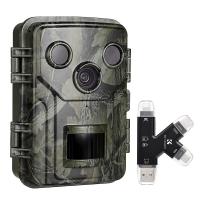

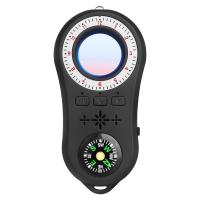
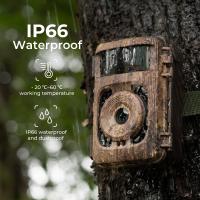
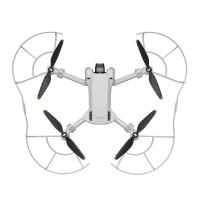
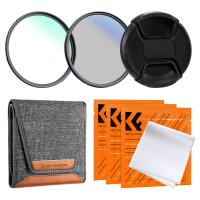
![[4X Optical Zoom] Recharge power Security Camera PTZ Outdoor for Home Security with Human Detection Auto Tracking-UK Standard [4X Optical Zoom] Recharge power Security Camera PTZ Outdoor for Home Security with Human Detection Auto Tracking-UK Standard](https://img.kentfaith.com/cache/catalog/products/us/KF50.0003/KF50.0003-1-200x200.jpg)

